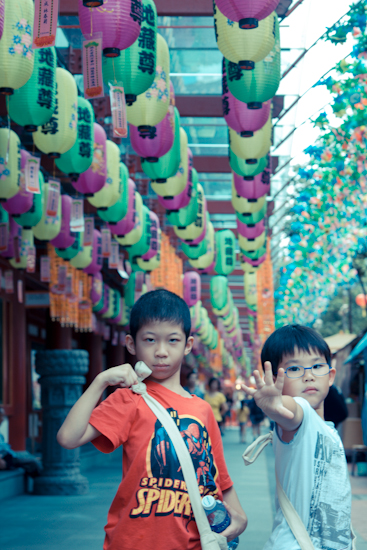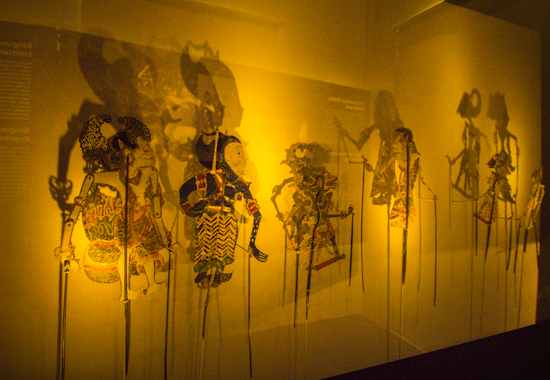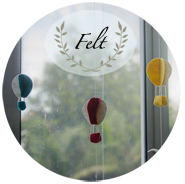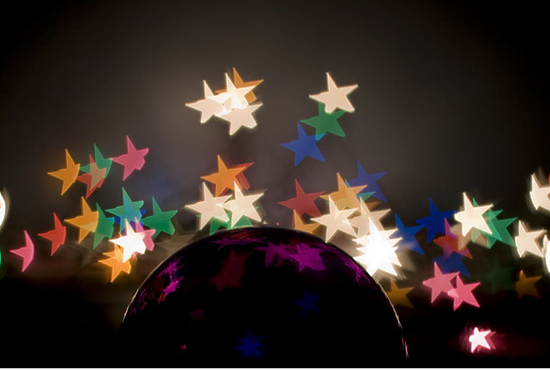 By Adam Foster, Flickr
By Adam Foster, Flickr
As we approach Christmas this year, here’s a couple of astonishing facts from the bible about Christmas :-
1. When was Jesus’ born?
December 25th is an incorrect date for Jesus’ birth. Not in winter for sure. No Roman administrator will allow a census to be taken when the roads are impassable, and when the people then don’t travel in winter.
From Luke 2:8, the angel first appeared to the shepherds in the fields to announce the birth of Jesus, ‘Now there were in the same country shepherds living out in the fields, keeping watch over their flock by night.‘ The winter period in Bethlehem is quite chilly, thus no sensible shepherds will want to hang out with their sheep in the cold and wet fields.
Bible scholars put the Gematria date closer to 20 September (yeah! That’s like 3 days after my birthday).
So how did the December 25th date came about?
The date of December 25th was known as the Roman Saturnalia (in honor of the Roman’s god Saturn) and it was the greatest of all pagan festivals. Although Saturnalia may be of Roman origin, the ancient Babylonians also celebrated the feast of the son of Isis (goddess of nature) on December 25. Their celebrations on this day were complete with boisterous celebration, gluttonous eating and drinking, and gift-giving as part of the traditions.
Sounds familiar doesn’t it?
2. Christmas Tree
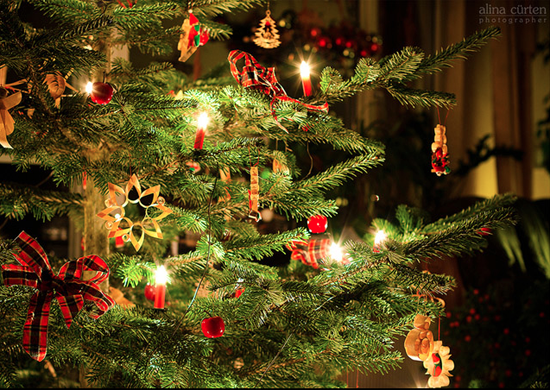 Merry Christmas! by Alina Curten
Merry Christmas! by Alina Curten
The word Christmas itself is not mentioned in the Bible. The only tree that is decorated with silver and gold in the bible is here;
For the customs of the peoples are futile;
For one cuts a tree from the forest,
The work of the hands of the workman, with the ax.
4 They decorate it with silver and gold;
They fasten it with nails and hammers
So that it will not topple. – Jeremiah 10:3-4
Who said these words? The text before this sentence started with ‘Thus say the Lord…’ Probably some might argue that God this passage was addressed to the Israelites and not the Gentiles (all other races who are not Jewish).
I am not disdaining the use of a Christmas tree during Christmas, which I think many enjoy the nostalgia and the tradition of putting up decorations on the tree as an annual family activity. Having a Christmas Tree in a home is a personal choice, and since I have discovered the roots of the Christmas tree almost 2 years ago, I have stopped putting up a tree at home.
3. The Three Wise Men
See these Three Wise Men in this familiar nativity scene,
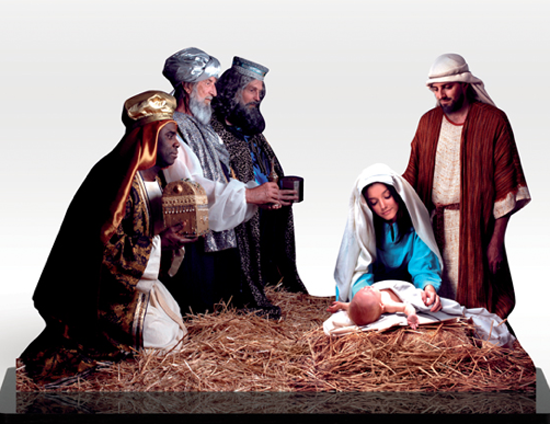
The fact is that The Three Wise Men were never mentioned in the bible in the story of Jesus’ birth, as there was no wise men present at the manger scene the night Jesus was born. The shepherds were the one who saw baby Jesus in the manger. The Three Wise Men only showed up later in a house when Jesus was a young child.
This passage from Matthew shows when the Wise Men came to visit the child Jesus and Mary;
And when they had come into the house, they saw the young Child with Mary His mother, and fell down and worshiped Him. And when they had opened their treasures, they presented gifts to Him: gold, frankincense, and myrrh. – Matthew 2:11
4. Gift Giving
Most people associate gift-giving with the wise men, as they presented their gifts to baby Jesus. That practice of gift giving is another of pagan origins, it was part of a “good luck” exchange during Roman Saturnalia celebrations. The rich gave gifts to the poor in honor of the “age of liberty when god Saturn ruled the known world.”
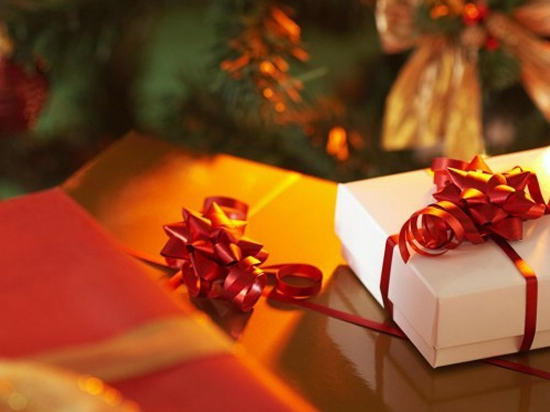 By top10things Flickr CC
By top10things Flickr CC
For the last few Christmas-es, gift giving has been more of an extended family tradition activity for me, reserved for extended family members and children. It has also become more reciprocal for close friends who give me presents.
When I finally do become a grandma, I will set a new tradition that gift giving will not be necessary during Christmas, and will only be reserved for the children in my family. I will also introduce the practice of reading the Christmas story from Luke 2 and Matthew 2, singing and listening to Christmas carols as part of our family tradition.
What’s a TRUE Christmas?
I hate to be a wet blanket. But it is hard to deny that Christmas with its pagan influences have been commercialized through the ages.
Sounds like I am responding with “Bah Humbug Christmas!” very much like Scrooge from the Charles Dicken’s story of ‘The Christmas Carol.’
Christmas for me is really not about the lights, celebrations, food or presents.
The TRUE Christmas story is how God humbled Himself and walked into this world. Suddenly and surprisingly, born on a dirty floor of a filthy stable. Small, insignificant, unable to feed Himself. Love came down from heaven.
God came down through Jesus Christ to bring us peace with Him.
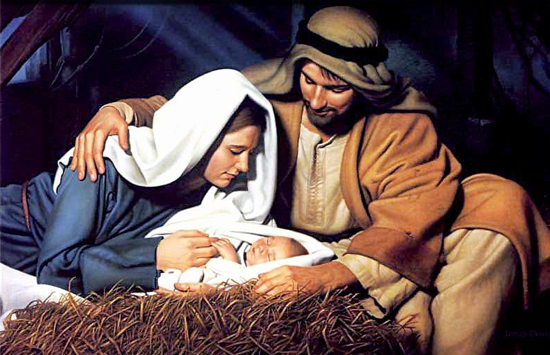
“Glory to God in the the highest, and on earth peace to men on whom His favor rests.” Luke 2:14
God first brings peace between man and God, through Jesus Christ. And in turn we show that peace towards fellow men, in the same love that Christ gives us.
Blessed Christmas friends. May this Christmas surround you with love, and most importantly, bring you peace with God, through repentance and salvation through Jesus Christ.
True peace is when we know that our eternal salvation is secured through Christ.
Peace I leave with you, My peace I give to you; not as the world gives do I give to you. Let not your heart be troubled, neither let it be afraid. – John 14:27





